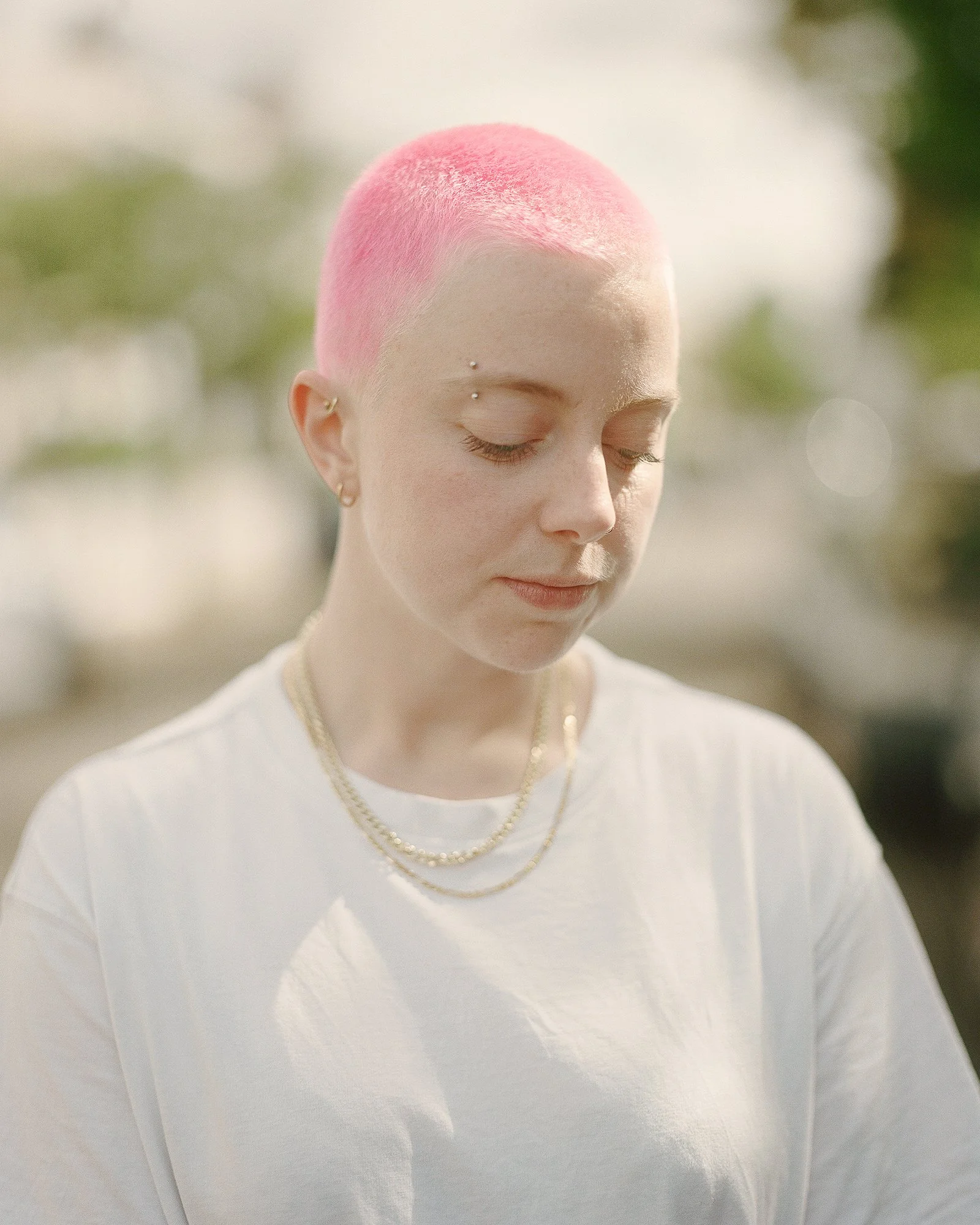(ongoing work)
All The Rage
I've lived in the neighbouring London suburbs of Peckham & East Dulwich for most of my adult life and when I moved here in the early 90s it was predominantly a working class area. Peckham had notoriety for violence and social issues, while East Dulwich was the quieter sibling. Both were ethnically diverse and Peckham's West Indian community were starting to make way for members of the African diaspora.
Historically, both areas had seen times of great prosperity. Peckham first was popular in the 16th century and became a fashionable shopping district by the 19th century. Meanwhile East Dulwich enjoyed increased popularity from the late 1800's when the upper middle class migrated to the area to construct large homes.
Post-war both areas slowly changed the once famous department stores closed in Peckham, and the middle classes slowly moved away.
In the 1990s and 2000s, East Dulwich saw rapid gentrification. Many families sold up, moving to Kent, towns on the South Coast or to build dream homes in the Caribbean Islands. Shops changed, a glazier became a clothier with its roots in skiing, new restaurants and bars opened, pubs became gastropubs and latte clutching ladies pushing expensive prams became de rigueur.
Peckham staunchly resisted, but once the East London Tube Line opened in late 2012 the area rocketed in popularity with an arty, fashionable party crowd, resulting in recently being breathlessly branded “the most desirable place to live in Europe".
Many locals struggled with the changes. Supermarkets closed while eateries serving oysters on pizza, endless cafes and craft beer taprooms felt alien, but a unique, vibrant spirit remains and it’s there in the people I see and meet.










































